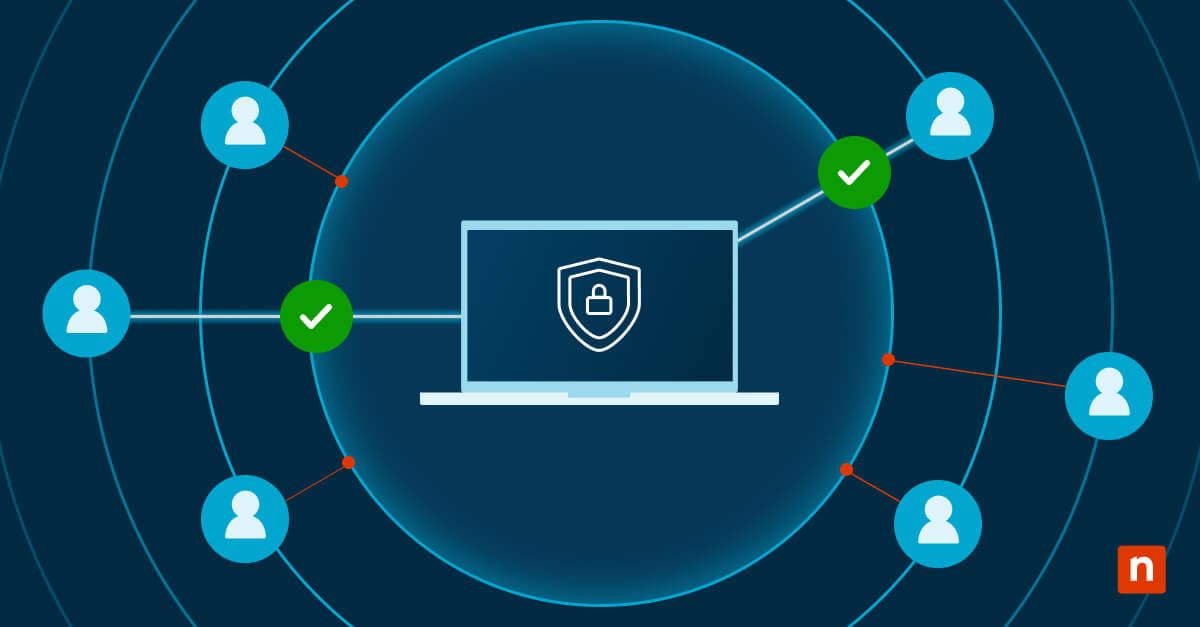ISO certification is an achievement for businesses that want to boost their credibility, streamline operations, and showcase their commitment to quality and efficiency. Whether your goal is to attain ISO 9001, which focuses on quality management systems, or ISO 27001, which addresses information security, how to become ISO certified requires a strategic approach.
Understanding the ISO certification process
To begin your journey toward ISO certification, it’s crucial to understand what ISO certification entails and why it matters for your business.
What is ISO certification and why it matters
ISO certification is a formal recognition that your organization adheres to international standards set by the International Organization for Standardization (ISO). These standards cover a wide range of business practices, ensuring consistency, safety and quality across industries. Becoming ISO certified is significant because it can provide your business with a competitive edge, demonstrating to customers, partners and regulators that you meet high standards in your operations.
Overview of common ISO standards
There are various ISO standards, each designed to address different aspects of business operations. Two of the most commonly sought-after ISO certifications are:
- ISO 9001: This standard focuses on quality management systems and applies to any organization, regardless of its size or industry. ISO 9001 helps businesses improve customer satisfaction by making sure they consistently meet regulatory requirements and deliver high-quality products or services.
- ISO 27001: This standard is critical for organizations that manage sensitive information. This standard provides a framework for establishing, implementing, maintaining and continually improving an information security management system (ISMS).
How to become ISO certified
The process of how to become ISO certified involves several key steps that must be carefully planned and executed for success.
Preparing your organization: Conducting a gap analysis
The first step in your ISO certification journey is to conduct a gap analysis. This involves reviewing your current processes, systems and practices against the requirements of the chosen ISO standard. The purpose of this analysis is to identify areas where your organization may fall short of compliance, allowing you to address these gaps before moving forward with the certification process.
Developing a detailed ISO compliance checklist
Once you have identified the gaps in your organization’s processes, the next step is to develop a detailed ISO compliance checklist. This checklist should outline all the requirements of the ISO standard you are pursuing, along with specific actions your organization needs to take to achieve compliance. The checklist serves as a roadmap, guiding your organization through the necessary changes and ensuring that no critical steps are overlooked. This is an essential tool to keep your certification process on track.
Implementing necessary changes and controls
After developing your ISO compliance checklist, it’s time to implement the necessary changes and controls. This might involve updating your processes, training your staff, and integrating new systems or technologies. The goal is to align your organization’s operations with the ISO standard, making sure that all requirements are met. This phase can be resource-intensive but is crucial for demonstrating that your business adheres to the required standards.
Internal audits: Ensuring readiness before the official audit
Before undergoing the official certification audit, conducting internal audits is a critical step. Internal audits allow you to assess your organization’s readiness for the official audit, helping to identify any remaining areas of non-compliance. These audits should be thorough and involve key stakeholders across your organization to make sure that everything is in place for the certification process.
The certification audit: What to expect
The certification audit is the final step in the ISO certification process. During this audit, an external auditor from a certification body will assess your organization’s compliance with the relevant ISO standard. The auditor will review your processes, documentation and records to verify that all requirements have been met. If your organization passes the audit, you will be awarded ISO certification.
ISO compliance best practices for a successful certification
For a successful ISO certification, it’s important to follow ISO compliance best practices that promote compliance and continuous improvement.
- Leadership and commitment: Leadership and commitment from top management are crucial for the success of your ISO certification efforts. Top management should be actively involved in the certification process, providing direction, resources and support to make sure that the necessary changes are implemented effectively.
- Continuous training and employee engagement: Ongoing training and employee engagement are essential components of a successful ISO compliance program. Regular training ensures that all employees understand the ISO requirements and their role in maintaining compliance.
- Documentation and record-keeping: Proper documentation and record-keeping are critical for demonstrating compliance with ISO standards. All processes, procedures, and changes should be well-documented, and records should be maintained in an organized and accessible manner.
Common challenges in achieving ISO certification and how to overcome them
The journey to ISO certification is not without its challenges. Understanding these challenges and how to overcome them is crucial for achieving and maintaining certification.
Resource allocation and managing costs
One of the most common challenges in becoming ISO certified is allocating sufficient resources and managing the associated costs. The certification process can be resource-intensive, requiring investments in training, process improvements, and auditing. To overcome this challenge, it’s important to budget for the certification process early on and make sure that adequate resources are available.
Navigating complex standards and requirements
ISO standards can be complex, and understanding all the requirements can be daunting. Engaging with ISO consultants or seeking external expertise can help you navigate these complexities. External consultants can provide guidance on interpreting ISO standards, identifying gaps and developing strategies to meet the requirements.
Maintaining compliance during organizational changes
Organizational changes, such as restructuring, mergers or scaling operations, can impact your ISO compliance efforts. These changes may introduce new risks or require adjustments to your processes to maintain compliance. To overcome this challenge, it’s important to regularly review and update your processes so that any changes align with ISO standards.
Post-certification: maintaining ISO compliance
Achieving ISO certification is a significant accomplishment, but maintaining compliance is an ongoing responsibility.
Conducting regular internal audits
Regular internal audits are essential for maintaining ISO compliance. These audits help identify areas for improvement and make sure that your organization continues to meet ISO standards. Internal audits should be scheduled periodically and the findings should be used to make necessary adjustments and improvements.
Continuous improvement and staying up-to-date with ISO standards
Continuous improvement is a core principle of ISO standards. To maintain compliance, your organization should regularly review its processes and make adjustments as needed to improve efficiency, quality, and compliance. Staying informed about updates to ISO standards is also crucial.
Preparing for surveillance audits and recertification
Figuring out how to become ISO certified is not a one-time achievement. After certification, organizations are subject to surveillance audits to ensure ongoing compliance. These audits are conducted periodically by the certification body and are a requirement for maintaining certification. Additionally, organizations must undergo recertification every few years.
How ISO certification can benefit your business long-term
ISO certification offers numerous long-term benefits for your business. It enhances your reputation, increases customer trust, and opens up new business opportunities. Additionally, ISO certification promotes continuous improvement, helping your organization stay competitive and responsive to changing market demands. By committing to ISO certification and following best practices, you position your business for sustained success and growth.








